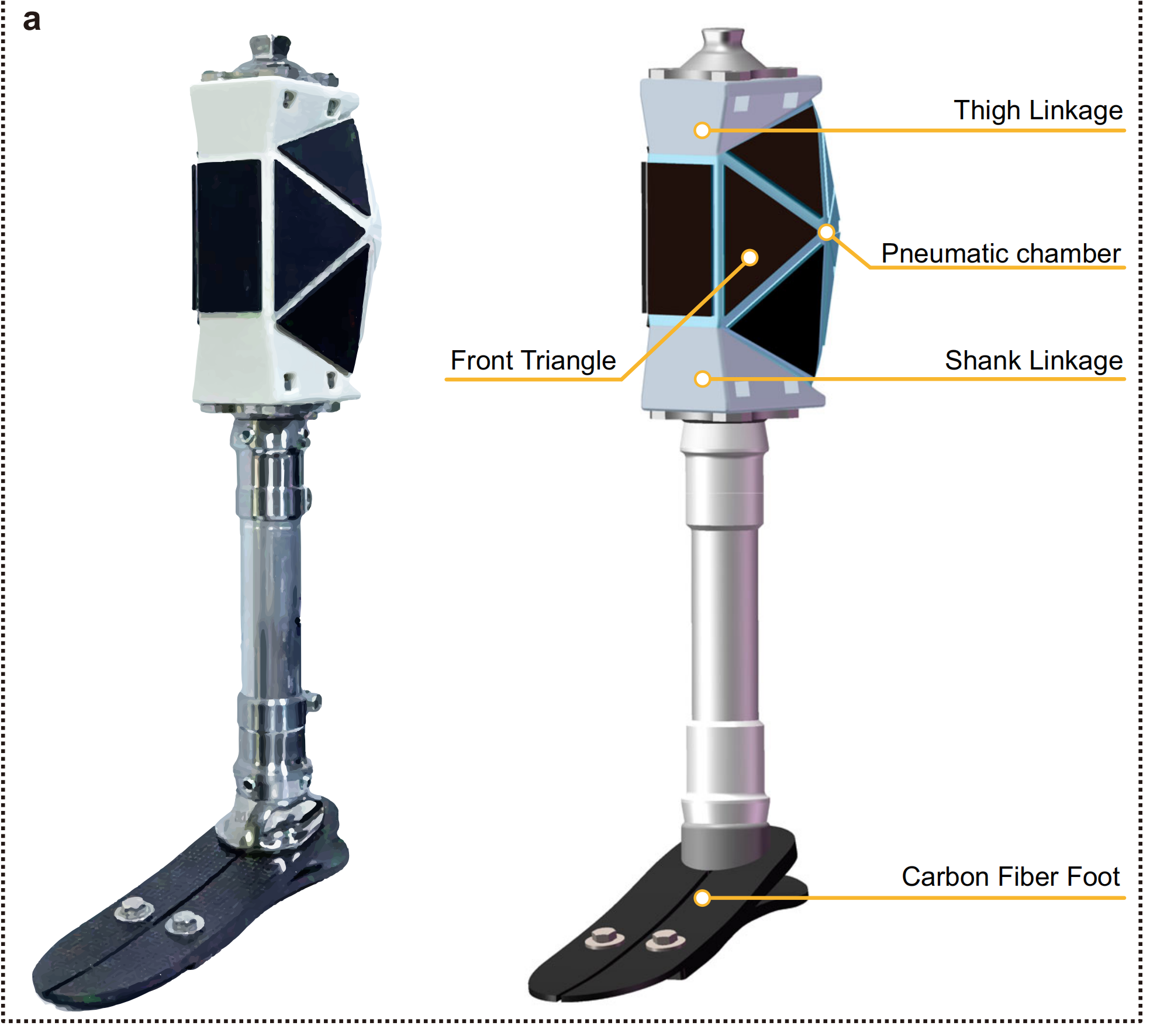Sijiaoping Site: A Window into Chinese Civilization
The eaves tiles unearthed from the Sijiaoping site. (PHOTO: XINHUA)
By ZONG Shihan
As one of China's top 10 new archaeological discoveries of 2023, the Sijiaoping site is located in Lixian county, Gansu province. This is a rare architectural site related to sacrificial rites of the Qin Dynasty, revealing the formation of early Chinese civilization.
The Sijiaoping site sits atop a mountain in Lixian, with its outer perimeter fortified by rammed earth walls following the natural contours of the terrain. Inside, it is primarily composed of multiple rammed earth building foundations. Among them, the central rammed earth platform has a side length of approximately 27.8 meters. In addition, there is a drainage system around the building.
Artifacts unearthed at the Sijiaoping site are mainly architectural components, including eaves tiles, flat tiles, tubular tiles and hollow bricks. These components are laid out in different positions of each building according to unified specifications and patterns, demonstrating a systematic production standard. Based on the characteristics of the building materials and the manufacturing techniques, experts have inferred that the Sijiaoping site artifacts should belong to the cultural relics of the Qin Dynasty.
From the known archaeological excavations, the traditional form of the Zhou Dynasty ancestral temples featured a walled compound with three distributed buildings within the compound, while the Han Dynasty ancestral temples exhibited a characteristic of nested distribution. According to historical documents, the temples of the Han emperors were largely similar in form and inherited from the Qin Dynasty. Therefore, the nested planar layout of the Sijiaoping site may serve as a physical example of the inheritance of this cultural system.
Taking the Sijiaoping site as a model, after unifying the six kingdoms, Emperor Qin Shi Huang created a unified sacrificial tradition for China's multi-ethnic nation. This tradition was inherited and developed in ancient ritual architectural complexes such as the Yangling Mausoleum of the Han Dynasty and later the Temple of Heaven and the Temple of Earth, vividly demonstrating the continuity and innovation of Chinese civilization.







